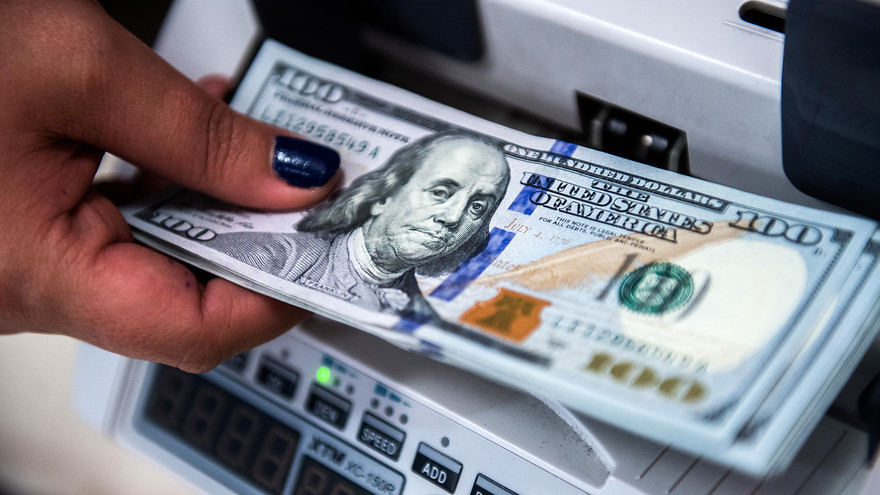The dollar slipped on Friday after the U.S. non-farm payrolls report for January showed very little wage inflation, affirming the Federal Reserve’s patient stance on further interest rate increases.
The greenback did shoot higher after the release of strong job gains, but quickly got back to its levels before the data, with analysts citing the average hourly earnings figure, which rose just 0.1 percent, compared with expectations for a 0.3 percent.
Beyond the headline jobs gains, the dollar has become more sensitive to wage inflation over the last year.
The report showed the U.S. economy created 304,000 new jobs, the highest in 11 months, superseding forecasts for 165,000 jobs. The unemployment rate, however, rose to a seven-month peak of 4 percent.
“We had a knee-jerk rise in the dollar based on the strong gain in payrolls as well as the overall solid report,” said Eric Viloria, FX strategist at Credit Agricole.
“But the miss in wages probably reinforces this patient approach by the Fed and that has restrained the dollar,” he added.
Contracts tied to the Fed’s policy rate had priced out any chance of a 2019 Fed rate hike after Fed Chairman Jerome Powell on Wednesday said the case for rate increases had weakened, and were pricing in about a one-in-three chance of a rate cut by the end of the year.
But after the jobs data, traders reduced rate-cut bets, though they continue to bet against a rate hike.
In mid-morning trading, the dollar index was down 0.1 percent at 95.508.
The euro, meanwhile, rose 0.2 percent versus the dollar to $1.1471, while the dollar gained 0.2 percent against the yen to 109.02 yen.
Broader risk sentiment remained somewhat robust after a top U.S. negotiator on Thursday reported “substantial progress” in two days of high-level talks on trade with China.
The dollar is widely expected to weaken this year as the Federal Reserve turns more cautious about rate increases.
“The outlook for U.S. assets remains relatively uncompelling and investors should be shopping for value elsewhere,” said Hans Redeker, global head of currency strategy at Morgan Stanley in London.
“A weak U.S. equity market outlook should keep low-yielders such as the yen and the Swedish crown supported,” he added.














